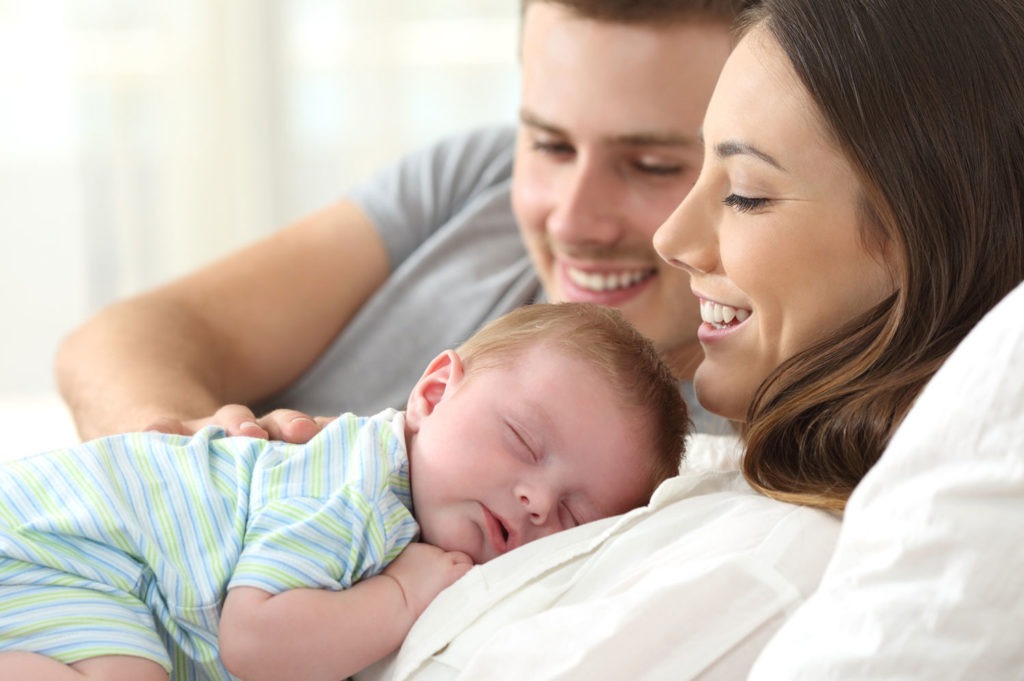Proper Ergonomics for Moms, Dads and Caregivers
- Category: General
- Posted On:

Part of having children, babies and toddlers in particular, is carrying them around.
Picking them up. Bending down to their level. Babywearing. It can be tough on the body! Add in sleep deprivation, and you’ve got the makings of a possible injury from doing your normal parenting duties. The last thing you need is an injury that could have been avoided by using proper ergonomics.
We all love having a baby snuggled up close, so ergonomics is something every parent or caregiver needs to think about. There’s a lot of lifting, twisting, bending, and carrying when you have small children around. Using poor ergonomics can lead to repetitive stress injuries, degenerative disorders caused by chronically using poor posture or body carriage to perform daily tasks, putting too much strain on ligaments, muscles, joints, tendons, and spinal discs. Here are some tips to help avoid injury while taking care of a child.

Lifting Babies and Toddlers
- Always lift up babies and toddlers using your legs, not your back, especially as the child grows! You’ll be lifting those kiddos around a lot, from car seat transfers, carrying them, changing diapers, even playing.
- Bend your knees when you bend over to pick up your baby and when placing the baby on a lowered surface, like a crib, floor, bathtub, or changing table).
- Take care in how you get your baby in and out of the crib. Keep the baby close and avoid locking your knees as you lean down into the crib.

Carrying Babies and Toddlers
- Babywearing can be a good way to carry your baby with symmetrical support and evenly distributed weight. Keep baby above the level of your hips, and keep your back straight, not slouched, to prevent back and hip injury. When placing your baby in your sling or wearable carrier, sit down to get your baby tucked into the right position. Keep your baby close to your body, and make sure you have some sort of support, like a wall, to lean on if you need to make adjustments.
- When carrying an infant car seat carrier, use both hands and carry the seat in front of you. Carrying it on your side on your forearm (like a handbag) can strain your back, shoulders, and arm.
- Keep your back straight with your weight evenly distributed, not slouching to the side when you have a baby on your hip.
- Carrying your child with both hands on the front of your body with her legs wrapped around your waist can minimize strain of your back, hips, and arms. If you’re carrying your child on your hip, switch sides often to even out the strain on your hips and shoulders. As your child gets older, using a stroller or encouraging your child to walk himself can save your back, hips, and knees.
In the Nursery
- Use a raised surface such as changing table when changing diapers, instead of laying your baby on the floor. It saves your back from the bending and lifting! Keep those supplies within arm’s reach as well.
- Use a pillow or baby support when breastfeeding or bottle feeding to minimize the strain on your back and shoulders. Propping up the baby at a comfortable height helps you avoid slouching over and having to support the baby’s weight.
- Take care when playing or changing a diaper on the floor. Minimize kneeling to reduce the chance of injury to your back and knees. If possible, lean back on a couch or wall to support your back.
Other Tips for Proper Ergonomics
- Keep your wrists in a neutral position and your thumb tucked in close to your hand. If you have your wrist flexed or your stretched out to hold weight, you’ll be at risk for hand and wrist pain, possibly even needing a splint!
- Hold heavy items, like car seats, carriers, and strollers, close to your body. The further out you hold them, the more strain they place on your arms, shoulders, and back.
- Travel light by only taking what you need when you go out. The more you take, the heavier your load becomes, putting strain on your back and arms and upping your risk of dropping something (even the baby!) or straining a muscle.
- Adjust the height of your stroller handlebars at a comfortable height to reduce overuse of your shoulder and back muscles. Keep your wrists in the neutral position while pushing the stroller to reduce strain on your wrists.
- When bathing baby, use a baby bathtub at sink/counter level to save your back and knees. When your child transitions to the bathtub, use knee pads, a pillow, or thick rug to cushion your knees.
When to See a Doctor
See your doctor if you notice continued pain in your back, hips, or joints, as that may be a sign of a repetitive stress injury. An appointment is a good idea if your pain has lasted without improvement, or if a resolved pain returns once you resume normal daily duties. Visit your doctor right away if you strain or pull a muscle or if a joint slips out of place. If you lose range of motion, cannot walk without limping, or lose function, see your doctor right away.

.1).jpg)
.jpg)
